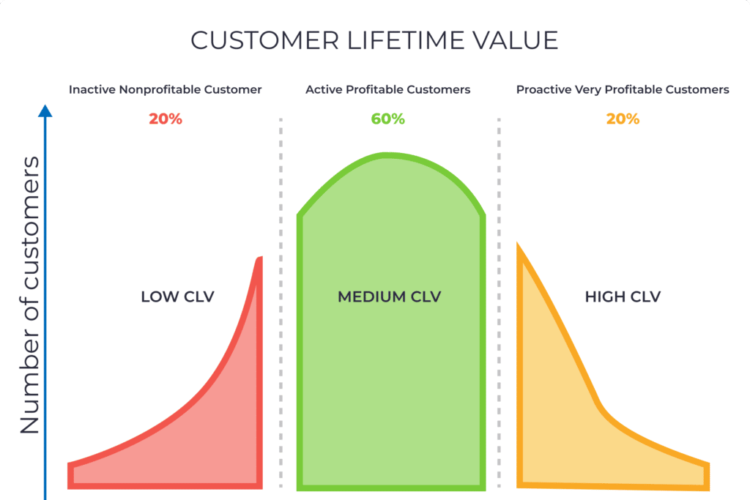
Optimizing your website architecture is crucial for SEO as it affects how search engines crawl and index your site, as well as how users navigate it. Here are 15 SEO best practices for website architecture:
1. Logical Structure:
- Hierarchy: Create a clear and logical hierarchy with main categories and subcategories.
- Depth: Keep important content within 3 clicks from the homepage to ensure easy access for both users and search engines.
2. URL Structure:
- Readability: Use simple, descriptive URLs that include relevant keywords.
- Consistency: Maintain a consistent URL structure across your site.
3. Breadcrumb Navigation:
- Path Display: Implement breadcrumb navigation to show users their location within the site and improve internal linking.
4. Internal Linking:
- Strategic Links: Use internal links to guide users and search engines to important pages.
- Anchor Text: Use descriptive and keyword-rich anchor text for internal links.
5. Sitemap:
- XML Sitemap: Create and submit an XML sitemap to search engines to help them crawl your site efficiently.
- HTML Sitemap: Provide an HTML sitemap for users to improve navigation.
6. Robots.txt:
- Control Crawling: Use the robots.txt file to control which parts of your site search engines can crawl and index.
7. Mobile-Friendly Design:
- Responsive Design: Ensure your site is mobile-friendly with a responsive design that adapts to different screen sizes.
- Mobile Usability: Optimize for mobile usability, including touch-friendly navigation and fast loading times.
8. Page Speed:
- Optimization: Optimize your site for fast loading times by compressing images, minifying CSS and JavaScript, and leveraging browser caching.
- Testing: Regularly test page speed using tools like Google PageSpeed Insights.
9. Secure Site (HTTPS):
- SSL Certificate: Ensure your site uses HTTPS by obtaining and installing an SSL certificate, which also boosts search engine rankings.
10. Structured Data:
- Schema Markup: Implement structured data (schema markup) to help search engines understand your content and enhance search results with rich snippets.
11. Canonicalization:
- Canonical Tags: Use canonical tags to indicate the preferred version of a page and prevent duplicate content issues.
12. Site Navigation:
- User-Friendly Menu: Design a user-friendly navigation menu that is easy to understand and use.
- Mega Menus: Consider using mega menus for large sites to display multiple categories and subcategories.
13. Content Organization:
- Topic Clusters: Organize content into topic clusters with pillar pages and related content pages to improve relevance and authority.
- Tags and Categories: Use tags and categories to group related content and improve discoverability.
14. 404 Pages:
- Custom 404 Page: Create a custom 404 error page that helps users find their way back to relevant content and encourages them to stay on your site.
15. Multilingual and Multiregional Sites:
- Hreflang Tags: Use hreflang tags to indicate language and regional targeting for different versions of your site.
- Separate URLs: Use separate URLs or subdirectories for different language versions to avoid content duplication.
Implementing these best practices will enhance your website architecture, making it easier for search engines to crawl and index your site while providing a better user experience.


